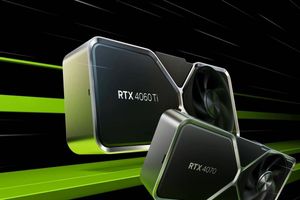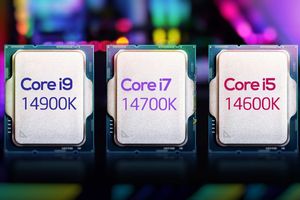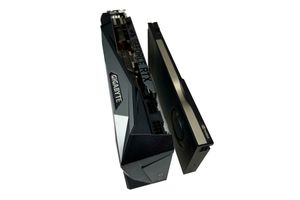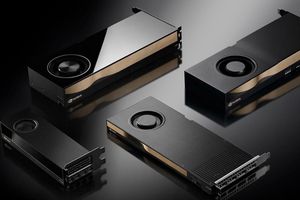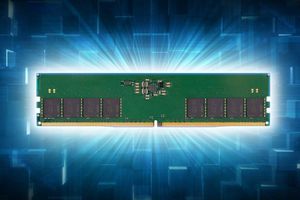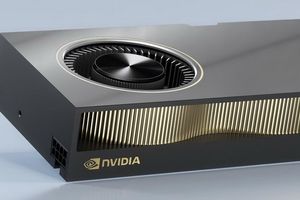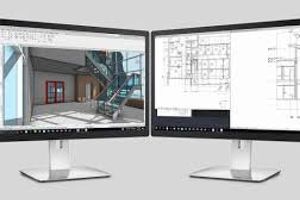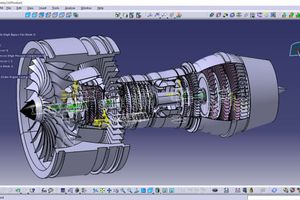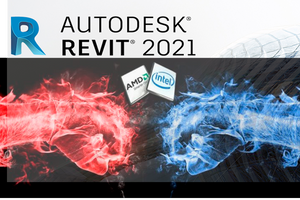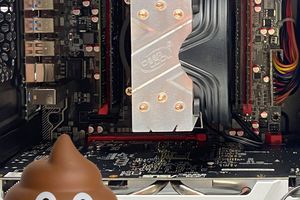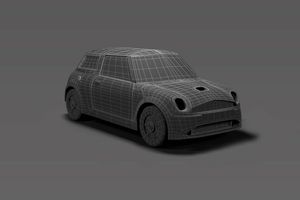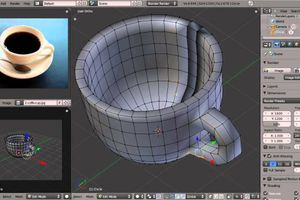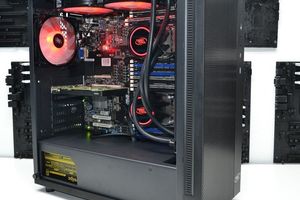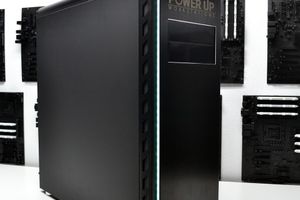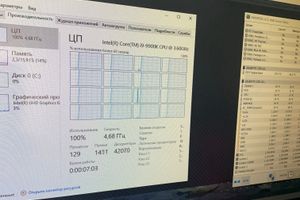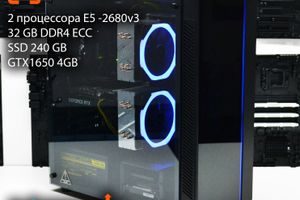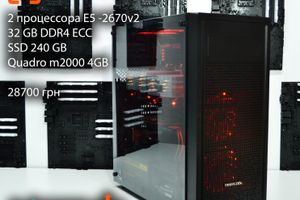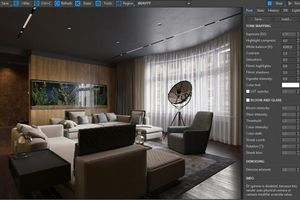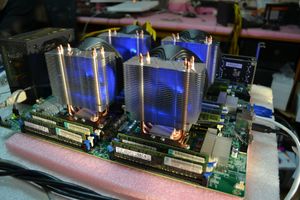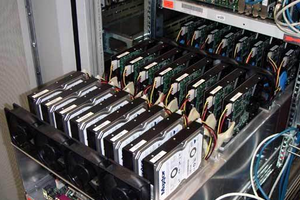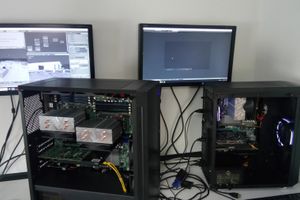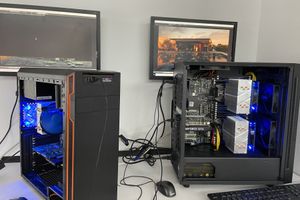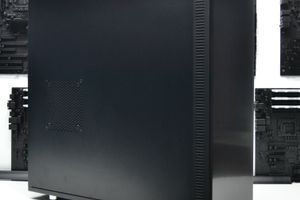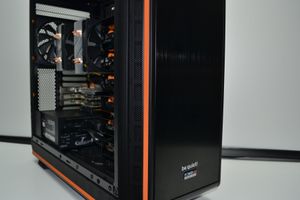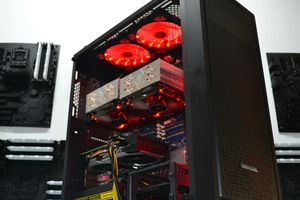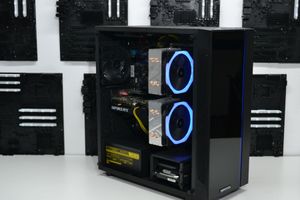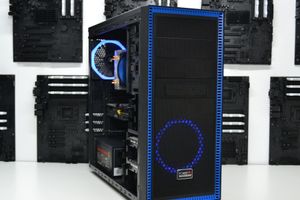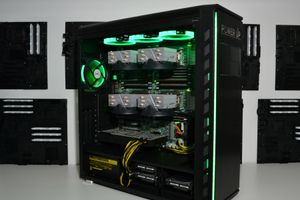Intel and AMD multi-core processors in Lighroom Classic, but is it necessary?
When it comes to processor performance, Lighroom Classic shows its duality. On the one hand, most “active” tasks, such as scrolling through images, switching modules, or using brushes, can efficiently use only a few CPU cores, making Intel or AMD “home” processors an ideal choice. On the other hand, many “passive” tasks, such as exporting or generating intelligent previews, are well optimized (adapted) for multi-threaded work, making more powerful processors such as those of Intel and AMD in the HEDT (High-End Desktop) line of computers a perfectly acceptable option.
In the case of AMD's launch of the Threadripper 3990X 64 Core CPU, it is likely that we have already passed the point where more cores can give us higher performance. The bottom line is that very few tasks are ideal for scaling across multiple CPU cores. A 0.1% decrease in parallel efficiency can result in a 3990X 64 Core processor delivering only a marginal performance gain over a processor with half the number of cores.
Now it's easier) In fact, some applications, on the contrary, demonstrate a decrease in performance with a higher number of processor cores. This fact does not justify the expectations of generating more performance from a more expensive CPU. Taking into account the cost of the 3990X (the price in our market is $3,990), it is unlikely that this is a “must-have” processor for Lightroom Classic users. The question is whether there are niche users who will benefit from this extremely powerful processor.
In this article, we'll take a look at the performance of the AMD Threadripper 3990X 64-core processor in Lightroom Classic compared to the latest AMD Threadripper, AMD Ryzen, Intel X-series, and Intel 9th Generation processors. If you're interested in how this processor performs in other applications, then similar articles about Photoshop, Premiere Pro, After Effects, DaVinci Resolve will soon appear, and I think many people will be interested.
The following are tests, settings, and graphs - if you want to skip them, feel free to go straight to the Conclusion. In the last paragraph you will find the answer to the question of the article.
Need a workstation for Lightroom Classic? The Power Up online store offers a wide range of powerful and reliable systems designed specifically for your unique workflow.
So, let's get to the tests and charts
Below are the specifications of the systems we will use for our testing:

A few notes on the hardware and software used in our testing. Firstly, since many of the platforms we tested support different RAM speeds depending on how many slots you use, we decided to standardize on using four 16GB slots regardless of what RAM speed is supported “at the average level” (rounding up when applicable). This means that the latest Ryzen, Threadripper, and X-series platforms use DDR4-2933, while the 9th generation Intel uses DDR4-2666. Secondly, we use Noctua cooling on all of our test platforms, but to keep the 3990X cool when installed on our workstations we install 360mm water cooling, but in open testbeds we did not see a significant decrease in performance levels of this cooler compared to its more powerful liquid counterpart.
Test results.
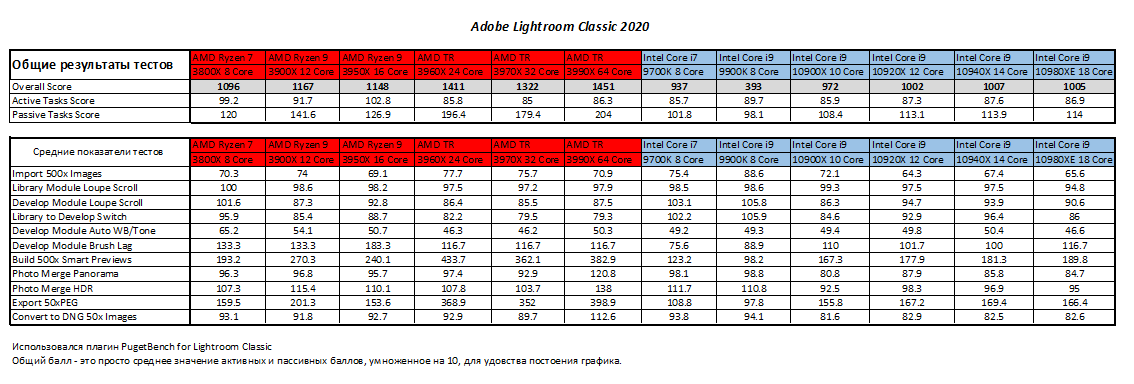
Given that our test provided different scores based on the performance of an individual task, we would also like to provide you with private results to study. That's why the table is a bit bloated. If there is a specific task that is hindering your workflow, examining the raw results for that task will be more applicable than the overall scores calculated by our test.
For a more visual comparison, the test data is presented in the form of a chart.
.png)
І окремо діаграми для активних та пасивних завдань
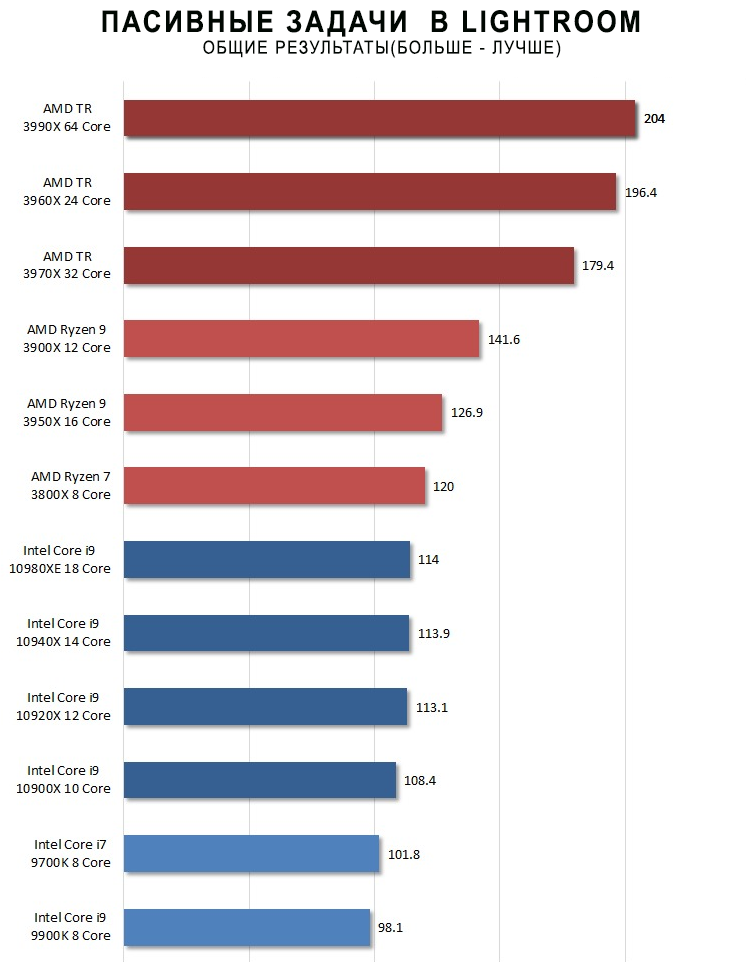
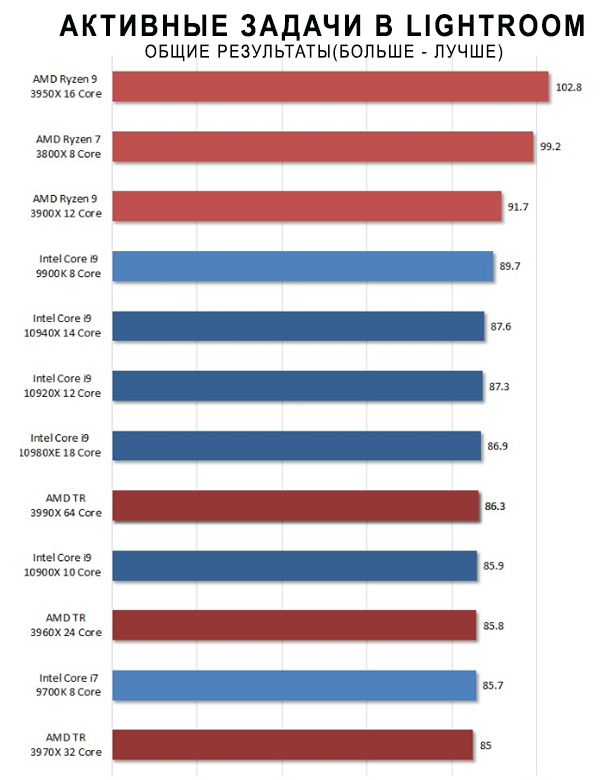
Overall, the 64-core AMD Threadripper 3990X is technically the fastest processor we've tested for Lightroom Classic, although it only scored about 3% higher than the much more affordable Threadripper 3960X 24 Core. That said, the Threadripper 3960X will almost always be a much better choice and more budget-friendly, providing access to more RAM, faster storage, or other system upgrades that will collectively bring more practical benefits than a tiny performance boost.
We also found that the AMD Ryzen processors (3900X and 3950X) provide more than adequate performance for passive tasks, while being 20% faster than Threadripper for active tasks such as scrolling through images, switching modules, or using brushes. You can see it all in the graphs.
If your workflow doesn't involve exporting a huge number of images, you'll likely benefit from AMD Ryzen processors, as most users prefer faster editing to faster export times.
Overall, the AMD Threadripper 3990X 64-core processor is the fastest processor we've tested for Lightroom Classic, although it's only a few percent faster than the much more affordable AMD Threadripper 3960X 24-core processor. Even in passive tasks such as exporting, which can use multiple processor cores, the 3990X has such an absurd number of cores that the performance gain is relatively small. If you need to speed up export times, you'll get better overall system performance with the AMD Threadripper 3960X and put the savings toward other options for your system, such as more RAM or faster storage. The 3990X is certainly up to the task. However, like most other programs, Lightroom Classic is simply not able to effectively utilize such a disproportionately large number of processor cores.
For a more “typical” user who is more concerned with performance when performing active tasks such as scrolling through images, switching modules, or using brushes, an AMD Ryzen 3900X or 3950X is likely to be a better solution, as they can be up to 20% faster than Threadripper under this type of workload.
To summarize in one line. For 90% of the most demanding users, you should limit yourself to buying a cheaper processor and spend the saved part of the budget on increasing the amount of memory. And monsters of the 3990x level are best left for rendering and more complex computing. Do not overpay for excessive processor power where it is not needed. Work efficiently with Power Up.
